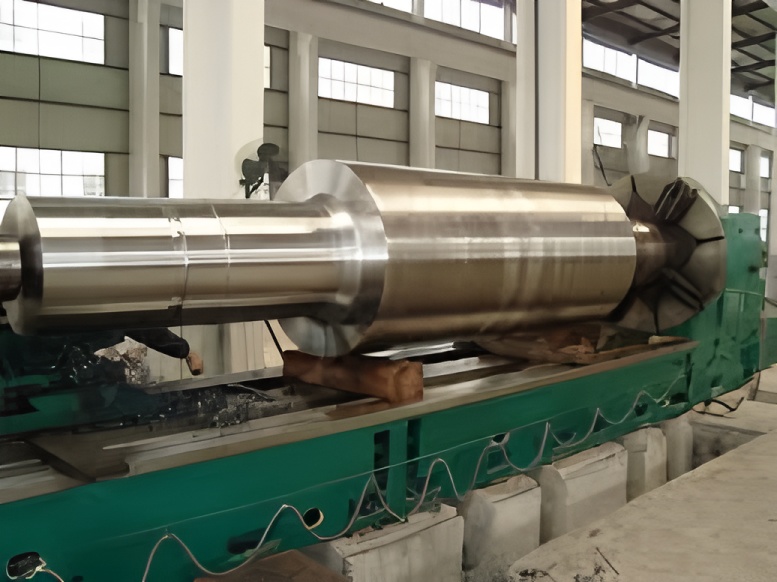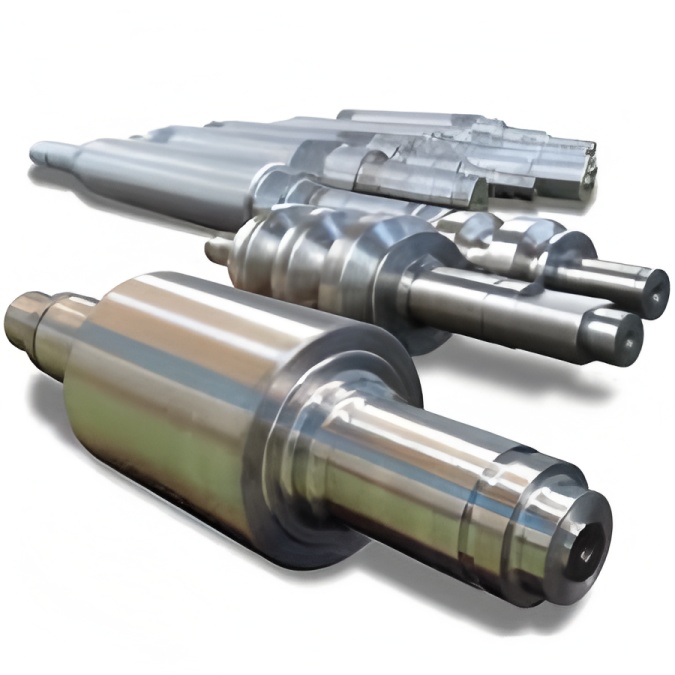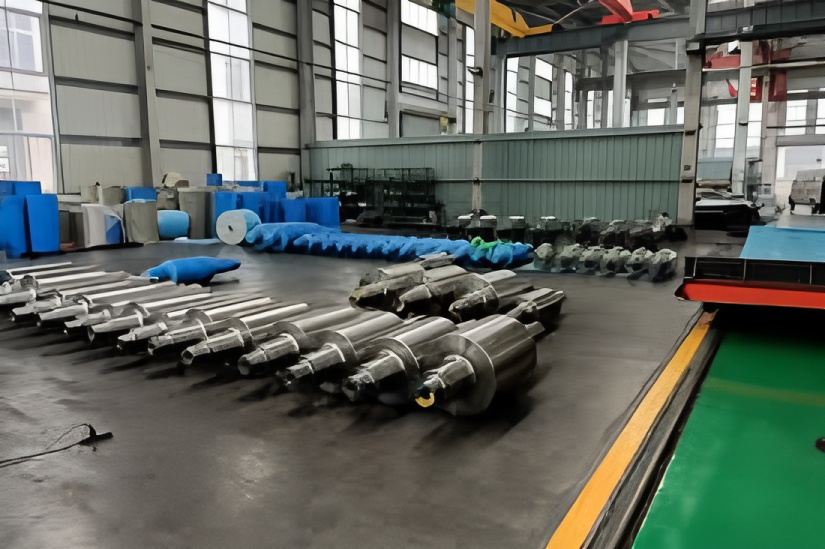Measures to Improve Roll Life
(1) Daily Management
Rolls represent significant investment and operating costs in rolling mills. Effective roll management systems are crucial for controlling production expenses and extending service life. Designated personnel should maintain comprehensive records covering roll acceptance, pairing, crack detection, and abnormal removals. This documentation enables complete traceability of each roll’s history and condition.
● Warehouse Acceptance
New rolls undergo immediate inspection upon arrival, verifying packaging integrity, surface condition, and documentation. All data is recorded in the Roll Management System, with abnormalities reported promptly.
Inspections follow order drawings and technical specifications, documenting length, diameter, hardness, and ultrasonic test results. Uninspected rolls must not enter service.
Accepted rolls require proper storage on dedicated stands with anti-rust oil application to prevent corrosion.
Quality issues identified during acceptance are clearly marked and reported to manufacturers. Confirmed deficiencies require manufacturer acknowledgment and written handling recommendations.
● Roll Pairing and Defect Management
Pair rolls by matching materials and similar dimensions to ensure compatible wear patterns and minimize grinding waste.
Roll surfaces develop cracks and soft spots from operational stresses. Regular eddy current testing after grinding identifies defects exceeding allowable limits. Ultrasonic verification determines required grinding amounts, balancing material removal with service life preservation.
For roughing work rolls with thermal cracks from incidents like cobbles, controlled grinding can maintain usability if cracks remain stable. Regular monitoring ensures safe operation. Backup rolls with shallow cracks may remain in service following ultrasonic assessment and appropriate grinding.
(2) Abnormal Roll Changes
Beyond scheduled changes, rolls require premature replacement due to tail slapping, cobbles, bearing failures, or thermal damage. These incidents accelerate consumption and require preventive measures.
● Steel Adhesion Treatment
Rolls removed for steel adhesion require manual cleaning and thorough inspection. Surface defects or cracks necessitate specialized assessment and controlled grinding. Impact-induced cracks require complete removal to prevent spalling.
● Bearing Failure Reduction
Regular monitoring of bearing temperature, vibration, and lubricant condition prevents catastrophic failures. Suitable lubricants and scheduled maintenance protocols minimize bearing-related roll damage.
● Thermal Crack Prevention
Immediate response to cobble incidents includes stopping cooling water and lifting top rolls to prevent thermal shock. Maintain adequate cooling water flow during operation to control thermal stress. Proper roll profiles and chamfers optimize load distribution and contact stress management.
(3) Roll Grinding
Grinding constitutes major roll consumption. Optimizing removal amounts significantly impacts service life and production costs.
● Grinding Amount Optimization
The 1450mm production line successfully reduced roughing work roll grinding from 2.0mm to 0.8-1.0mm through phased trials. Similar optimization applied to finishing work rolls (0.4mm to 0.3mm). Comparative tracking confirmed no compromise in roll performance or safety.
● Process Standardization
Develop quantitative grinding procedures and operator training programs to minimize human factors. Regular equipment maintenance, including support shoe inspection and lubrication, ensures consistent grinding quality. Systematic analysis of grinding issues facilitates continuous improvement.
Summary
As significant cost components in rolling operations, rolls benefit from comprehensive management systems that enable optimal pairing and utilization. Rational grinding standards eliminate fatigue layers while minimizing consumption. Reducing abnormal changes enhances both production efficiency and roll service life, contributing substantially to operational cost reduction.



